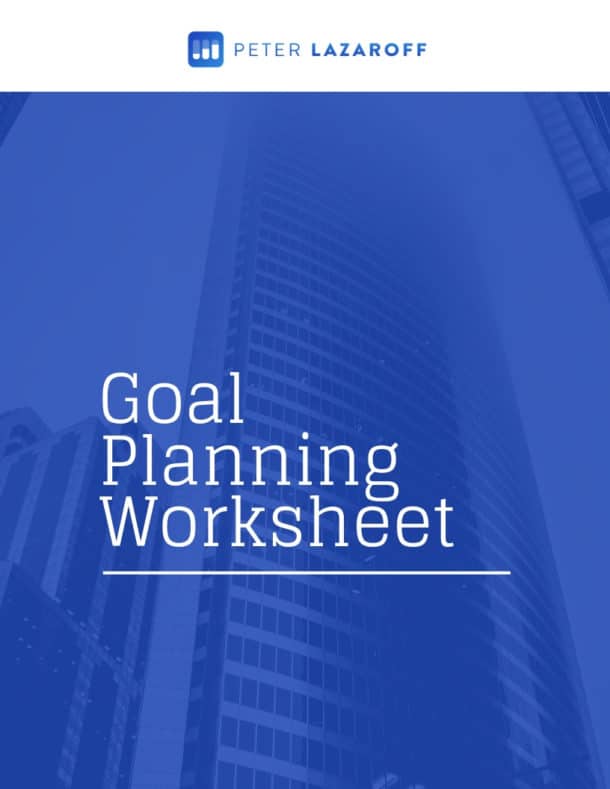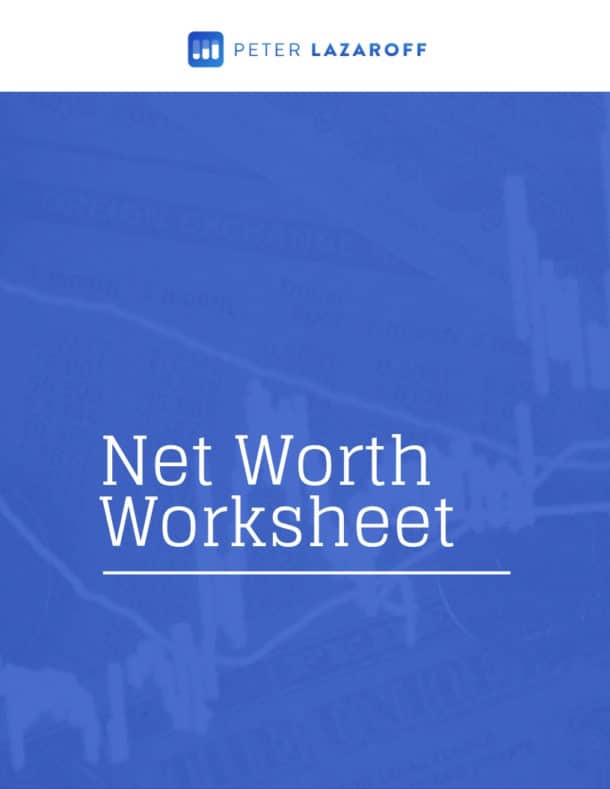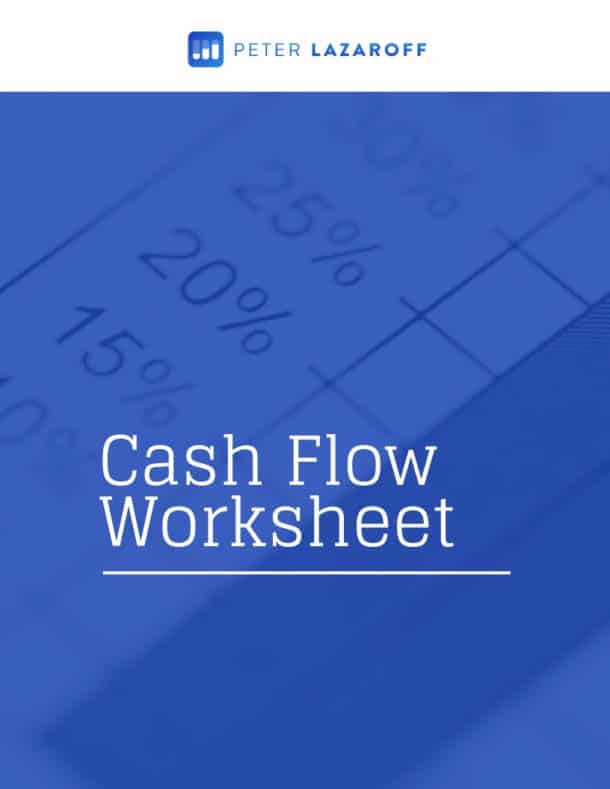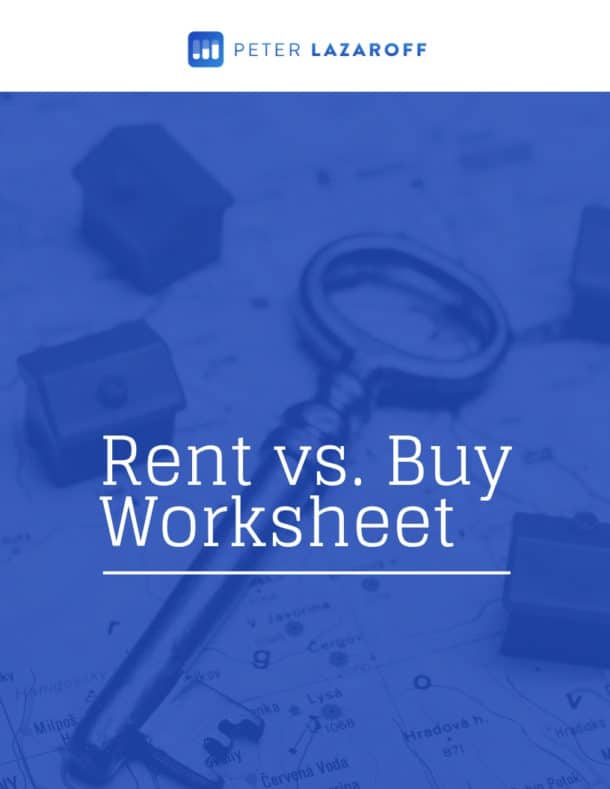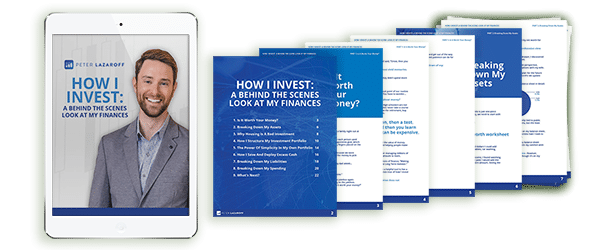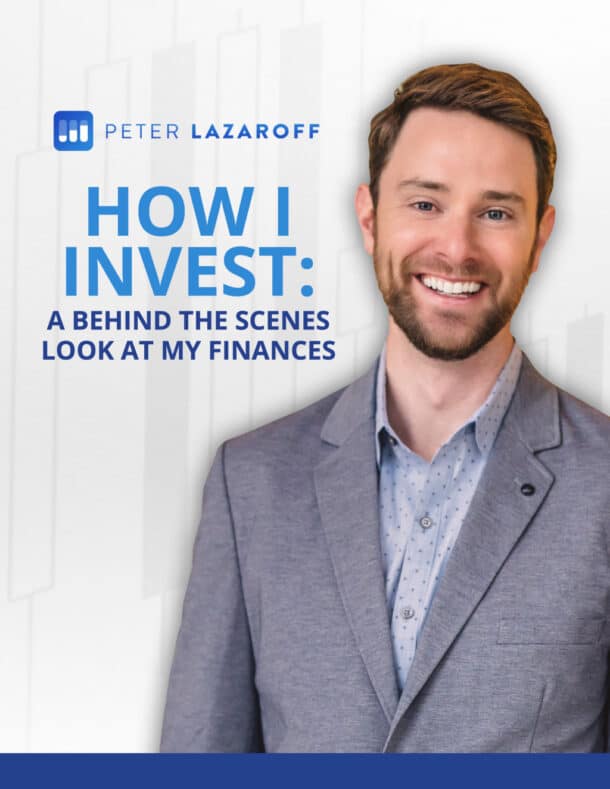Watch Now
Listen Now
In this conversation, I’m joined by Heather and Doug Boneparth to talk about their new book: Money Together.
We unpack what “fair” really looks like in a relationship, how to keep resentment from boiling over, and the habits that make money talks easier. We also get into some practical and actionable ways to build transparency—shared access, a simple net worth table, and a clear view of cash flow—plus how to run money dates you’ll actually look forward to.
Here is my own free net worth and cash flow worksheet to help you out.
Sign up for my newsletter so you can easily reply to my emails with your thoughts or questions for the podcast:
Fairness vs. Equality in Couples’ Finances (2:45)
Heather defines fairness as making room—for a partner’s time, identity, history, and money scripts—so both people have space to pursue goals. Doug draws a line between fair and equal: life doesn’t split perfectly, and chasing 50/50 turns into keeping score.
Their own dynamic is more nuanced than “saver vs. spender”: Heather handles most day-to-day purchases but hesitates on “I-want” buys because of old scarcity narratives; Doug is quicker to green-light occasional luxuries. What lowers friction is agreeing on shared goals and a simple check-in threshold—spend freely below a set dollar amount, sync up above it.
The bigger point is to zoom out on seasons (startup years, heavy caregiving, career pivots) instead of balancing every line item. Fairness changes as your capacity and roles change.
Resentment Red Flags in Relationships (11:24)
The blow-up rarely comes from a pastry or a sock on the stairs; it’s the last straw after months of unspoken overload. Heather’s fix is unglamorous and effective: regular check-ins that turn huffing and slamming into clear sentences about time, energy, and help.
You’re always communicating—tone, pace, eye contact—even when you aren’t talking. Ask early, “Where are you stretched? What would give you time back?” and be specific about schedules, not general about feelings.
The goal isn’t a perfect chore ledger; it’s noticing strain before it calcifies into scorekeeping and resentment.
Invisible Labor to Task Ownership (13:47)
Contributions beyond income count, but only if they’re visible. The shift is from “I’ll do that” to “I own that”—conceptualize → plan → execute without needing a project manager for your own family.
Their example is memorable: Doug becomes “swim dad,” handling calendars, gear, carpool, and last-minute changes so Heather only has to show up and cheer. Tools that inventory tasks help, but the unlock is ownership: one person drives a domain end-to-end while the other is backup.
Ownership shrinks re-work (“Did you do it?”), clarifies who’s on point, and restores a sense that time and attention are shared, not assumed.
Financial Transparency for Couples (18:26)
Transparency starts with access parity—both partners can log into every account, see statements, and find documents. Then comes a plain-English net worth table (what you own/owe and where it lives) and a high-level cash-flow view (what comes in and what goes out).
With the facts on the table, align on goals and values so decisions point the same direction. Investment debates are a lot easier once access, numbers, and aims are settled; without them, portfolio talk is premature and frustrating.
Money Dates That Don’t Derail (21:49)
Time and place matter. Not during kid-chaos at 4:30pm, not at 11:30pm when everyone’s cooked. Make it a ritual you actually like—a walk, a quarterly cocktail, a quiet hour with phones down.
Lead with wins and a shared goal (trip, down payment) to create momentum, then back into the numbers that make it possible.
Match the format to how your partner learns—maybe pictures and headlines before spreadsheets. Small, consistent meetings beat heroic, once-a-year summits.
Different Risk Tolerances in a Relationship (26:48)
Everyone brings a personal risk appetite shaped by history; as a couple you have a shared risk capacity dictated by goals, timelines, and cash flow.
Doug’s blunt reminder: you won’t save your way to independence sitting only in cash—some investing risk is required if you want the outcome you both care about.
Heather’s test for a good bargain: both partners feel a little uncomfortable, which means both moved toward the middle.
The path forward lives in the gray—size risk to the goal, take one measured step outside a comfort zone, revisit as life shifts.
Co-Authoring Money Together (31:00)
The hardest conflict wasn’t a chapter; it was mindset. Because the project mattered, Heather kept feeling “never enough”—one more interview, one more pass. Doug’s job became guarding momentum and naming progress out loud, keeping their shared ambition in view.
Opposites work when roles are explicit and the mission is clear: make room for each other’s needs without losing deadlines or energy.
Lightning Round for Couples (33:32)
They once walked from a house after a brutal inspection—never again will they fight that fight. One-word reads of each other’s money style: Aggressive (Heather) and Conservative (Doug)—yes, they laugh at the reversal. And the myth they want every couple to drop: earning is the only way to contribute.
Time, care, logistics, and full task ownership are real value, even if they don’t show up on a W-2.
Resources:
- Check out Heather and Doug Boneparth’s new book: Money Together
- Get My Net Worth Worksheet
The Long Term Investor audio is edited by the team at The Podcast Consultant
Submit Your Question For the Podcast
Do you have a financial or investing question you want answered? Submit your question through the “Ask Me Anything” form at the bottom of my podcast page.
Support the Show
Thank you for being a listener to The Long Term Investor Podcast. If you’d like to help spread the word and help other listeners find the show, please click here to leave a review.
I read every single one and appreciate you taking the time to let me know what you think.
Free Financial Assessment
Do you want to make smart decisions with your money? Discover your biggest opportunities in just a few questions with my Financial Wellness Assessment.

Disclosure: This content, which contains security-related opinions and/or information, is provided for informational purposes only and should not be relied upon in any manner as professional advice, or an endorsement of any practices, products or services. There can be no guarantees or assurances that the views expressed here will be applicable for any particular facts or circumstances, and should not be relied upon in any manner. You should consult your own advisers as to legal, business, tax, and other related matters concerning any investment.
The commentary in this “post” (including any related blog, podcasts, videos, and social media) reflects the personal opinions, viewpoints, and analyses of the Plancorp LLC employees providing such comments, and should not be regarded the views of Plancorp LLC. or its respective affiliates or as a description of advisory services provided by Plancorp LLC or performance returns of any Plancorp LLC client.
References to any securities or digital assets, or performance data, are for illustrative purposes only and do not constitute an investment recommendation or offer to provide investment advisory services. Charts and graphs provided within are for informational purposes solely and should not be relied upon when making any investment decision. Past performance is not indicative of future results. The content speaks only as of the date indicated. Any projections, estimates, forecasts, targets, prospects, and/or opinions expressed in these materials are subject to change without notice and may differ or be contrary to opinions expressed by others.
Please see disclosures here.









